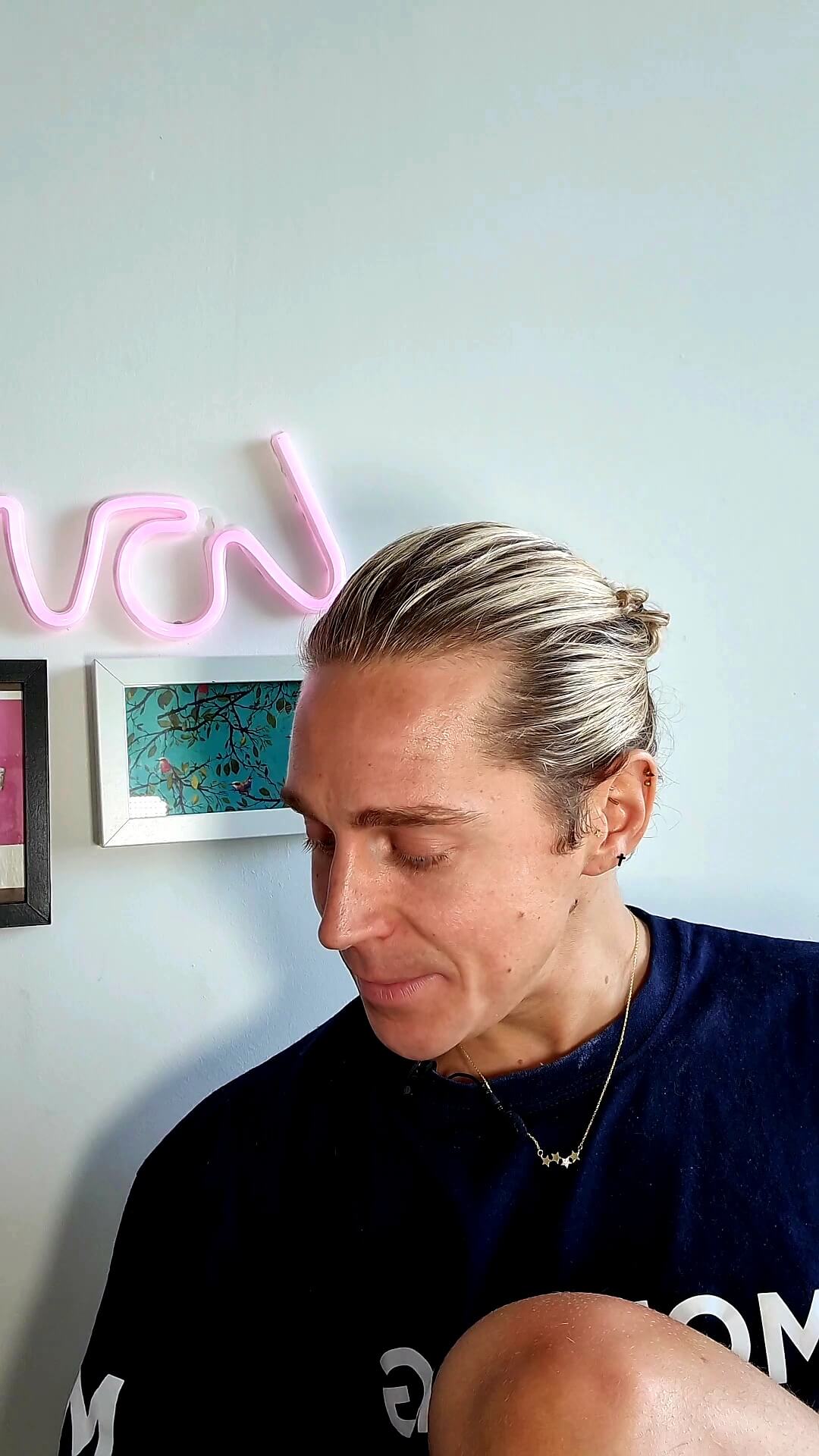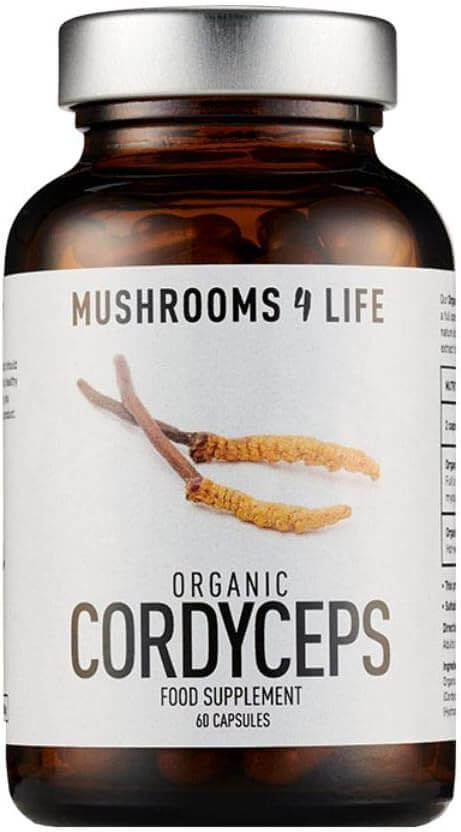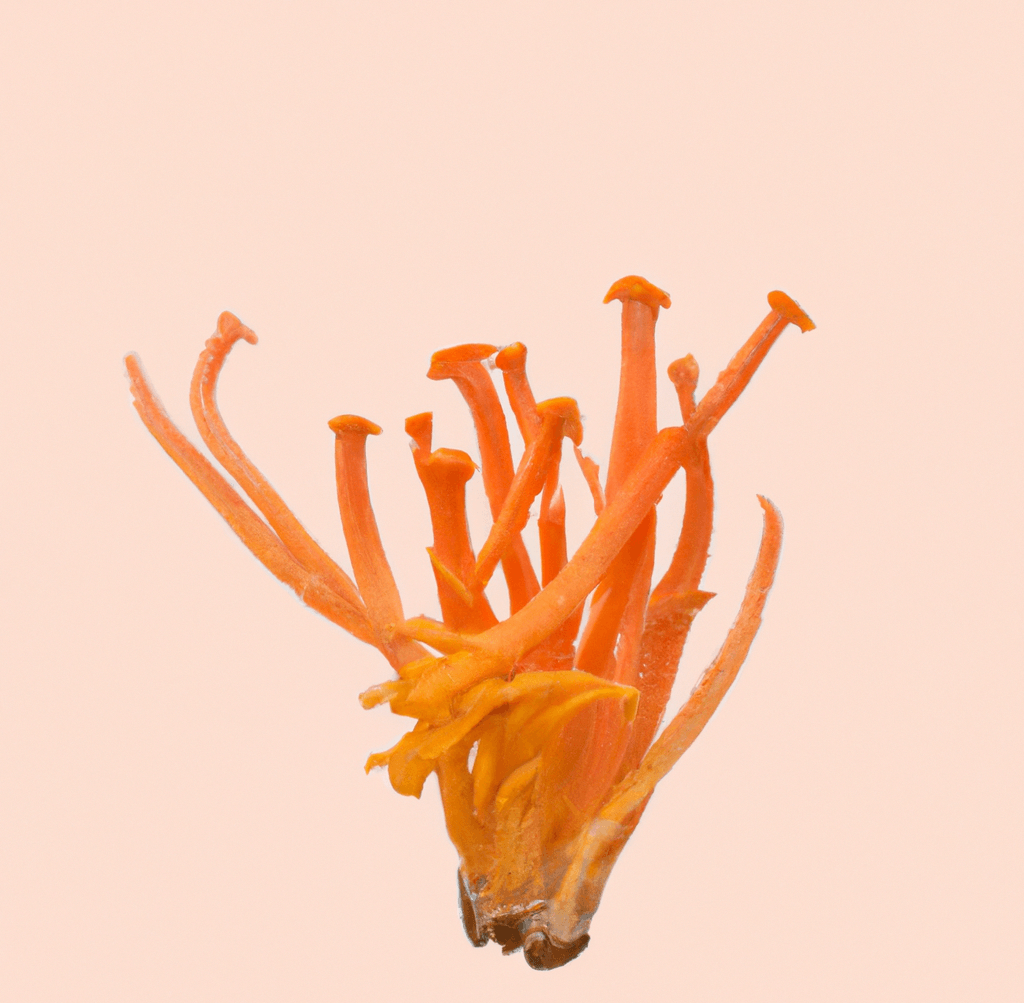The Japanese Onsen | Biohacking your body
26 October 2023 | James Kearslake
Table of Contents
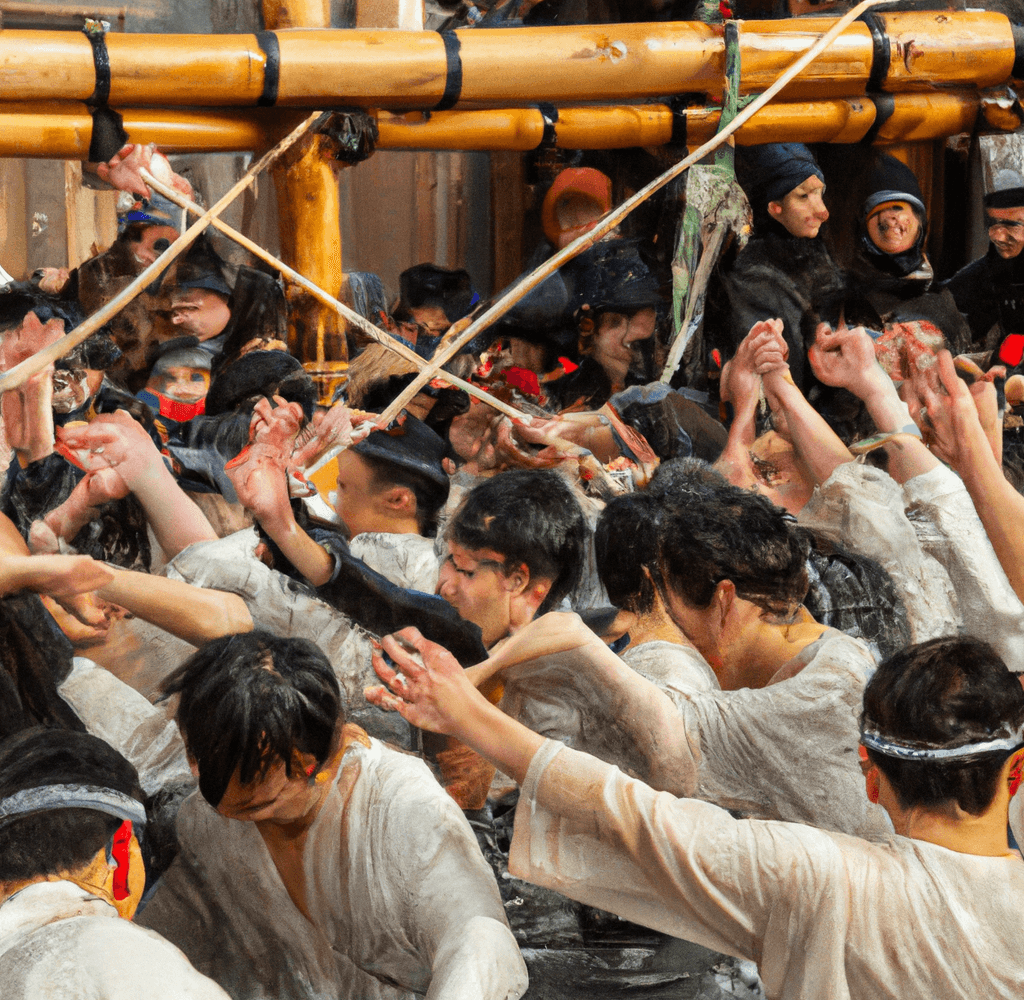
Fun Fact
In Japan, there’s an annual event called the Hadaka Matsuri or Naked Festival, where participants, typically male, gather at an Onsen in the middle of winter and compete to grab sacred wooden sticks thrown into the cold water.
The person who manages to retrieve the sticks is believed to receive good luck for the year.
This event is celebrated in various locations throughout Japan and has a long history dating back several centuries.
It’s a unique cultural tradition that combines the love of Onsen bathing with a bit of adventure and ritual.
What is an Onsen?
Having been travelling around Asia for the last few months, I’ve been introduced to wonders of the Japanese onsen.
You think the traditional sauna to ice plunge experience is good for you – I can tell you the onsen will introduce you to a therapeutic bathing experience you have been blissfully unaware of.
I am converted.
The traditional Japanese onsen are social pools using the naturally occurring geothermal hot springs found across Japan. Heated by the Earth’s volcanic activity, Japan is a volcanic archipelago blessed with in excess of 27,000 natural onsens. Each come with their own mineral composition, temperature, and scenic backdrop.
A fully naked experience, onsens have been celebrated for their therapeutic benefits and cultural significance in Japan for centuries. If you’re looking to relax, rejuvenate the body, and experience an authentic Japanese experience, a visit to an onsen is recommended.
And you just need to overcome the fact that people bathe naked.
In 2023, purpose built onsens can be found across Asia, usually in hotels, high-end gyms, and health spas, providing a variety of hot and cold bathing pools, jet pools, and pools infused with salts and minerals. The countless pools are designed for a deep restoration of our physical and emotional selves, rejuvenation of the muscles, joints, and skin, and to leave us feeling alleviated of all life’s tensions.
And it works.
While purpose built onsens may lack the natural, rustic charm of a traditional onsen, they have made the bathing experience more accessible across Asia, and allow for a wider variety of bathing pools to choose from.
I recently visited the Onsen in Sathorn, Bangkok, and it opened my eyes to a new, transcendent way of bathing I’ve been wholly unaware of.
Benefits of the Onsen
Visiting an onsen, whether natural or purpose-built, provides a myriad of benefits for the body, mind, and cognitive acuity. Benefits include:
- Stress Relief – Soaking in the warm, mineral-rich waters helps relax muscles, relieve stress, and offer us a sense of tranquillity and calm.
- Improved Circulation – The heat also causes blood vessels to dilate, promoting blood circulation and oxygen throughout the body.
- Skin Benefits – The minerals in onsen water keep our skin looking young, fresh, and supple, and those with eczema or psoriasis can experience a significant healing of the skin after bathing in the heat and mineral-rich waters. My eczema stayed calm for days following my two hour bathe.
- Detoxification – The natural minerals in the water help the body eliminate toxins and replenish salts and minerals lost during life’s daily hustle.
- Relieve Muscular Pain– The heat combined with improved circulation in the body significantly reduces pain, swelling, and soreness in the muscles. Onsens are a particularly wonderful end to the week after a long week of working, training, and weekend shenanigans.
- Relieve Joint Pain – The buoyancy of the water in an onsen can reduce pain in joints and is particularly useful for those living with arthritis or other painful joint conditions. Because the buoyancy reduces the weight and pressure on our joints, when you immerse yourself in the warm waters, it counteracts the force of gravity, allowing for better support and reduced weight-bearing stress on the body. For those with arthritis and painful joint conditions, the decreased load on their joints can lead to pain relief and often increased mobility.
- Increased Joint Mobility – The heat also relaxes our joints and adjoining muscles and tendons, keeping joints supple and increasing mobility.
Ongoing After-effects
The effects of an onsen visit will last long after you’ve left the bath, both physical and psychological. I visited on a Sunday evening, and found I had one of the most pleasurable and relaxing starts to a Monday I’ve experienced in ages. Ongoing benefits include:
- Relaxed Muscles – Your muscles will feel relaxed for a number of days, and if you’ve been training hard, you will notice a reduced feeling of DOMs (delayed onset muscle soreness) that you might usually get.
- Increased Joint Mobility – Your joints will also feel supple and mobile for several days. I recommend doing a vinyasa yoga within days of visiting the onsen; it will help you maintain that flexibility a few days longer.
- Improved Sleep – Your first night’s sleep will be deeply restorative. If you have the luxury, I recommend not setting an alarm the following day. Allow your body to experience the abundance of the full healing cycle that only comes from entering a deep, restorative sleep. Your ability to enter a quality sleep state should stay with you a few days.
- Softer Skin – The minerals in the water will leave your skin feeling soft, supple, and well-nourished. The softness of my skin left my eyes looking more radiant than ever.
- Increased Wellbeing – You will also experience a sense of inner calm and overall wellbeing that will last a few days. During this period, try to remain mindful, take a walk in nature each day, and avoid allowing the negative energy of others to infiltrate your mood. Take these feelings of positive wellbeing forward with you, for as many days as you can.
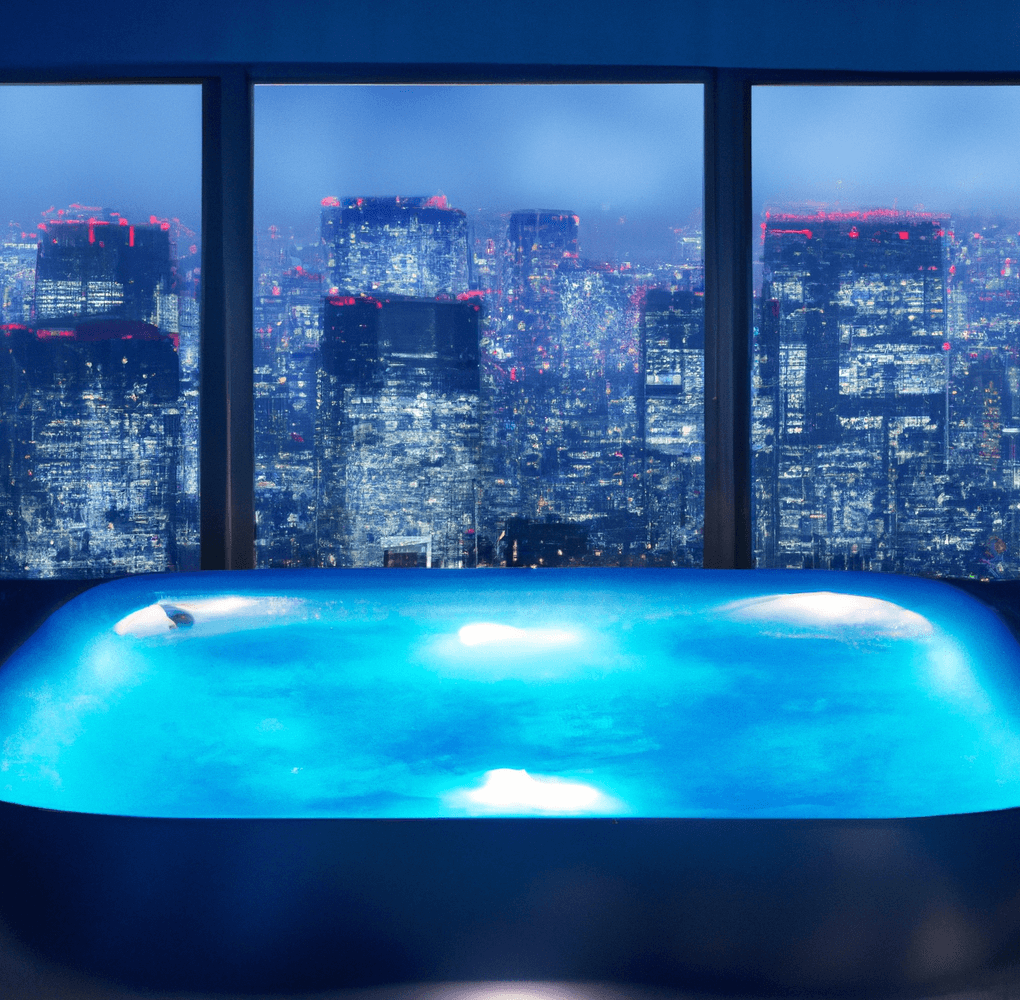
More on Japan’s Natural Onsens
Japan’s landscape has over 27,000 natural onsens, each possessing its own unique charm. The allure of each onsen can depend on its geographical location, the backdrop against which you’re bathing, or the minerals found in the waters. When exploring onsens, some things you will want to consider before you go are:
- Geographical Diversity – Japan’s rich volcanic history means that natural onsens can be found throughout the country. From the northern region of Hokkaido to the southern islands of Okinawa, the country is awash with them. The geographical diversity ensures that visitors can experience natural onsens in a variety of scenic locations, like snow-covered mountains or a coastal paradise.
- Mineral Composition – The mineral composition of the onsen water varies between locations. Some onsens are sulphur-rich, which has therapeutic benefits for respiratory conditions and skin conditions. Other onsens are high in minerals like magnesium and calcium, which help relax muscles and nourish the skin.
- Scenic Beauty – One of the defining features of natural onsens is their breathtaking scenery. Many onsens are nestled in lush forests, surrounded by tranquil lakes, or perched on hillsides overlooking pristine landscapes. The experience is as much about the awe-inspiring natural beauty as it is about the healing properties of the water. The image of macaques bathing in hot springs has become synonymous with onsens, where it can be seen at Jigokudani Monkey Park – the only place in the world where monkeys bathe in hot springs.
- Seasonal Allure – Natural onsens offer a unique experience in every season. In the winter, you can soak in warm waters while snow blankets the surroundings, creating a beautiful, wintery wonderland. In the spring and summer, you can enjoy the lush greenery and vibrant blossoms. Each season adds a different dimension to the onsen experience.
- Cultural Significance – Onsen culture is deeply embedded in Japan’s history. It has been a place for relaxation, healing, and socialising for centuries. Many natural onsens are adjacent to traditional ryokan (inns), where visitors can fully immerse themselves in Japanese customs, including tatami mat rooms, kaiseki cuisine, and yukata attire.
- Health Benefits – Of course, many still visit onsens to find relief from conditions like rheumatism, arthritis, and skin disorders, and the many other benefits from being immersed in the hot, mineral-rich waters.
Visiting a natural onsen in Japan is not just about relaxation; it’s a cultural and natural experience that connects visitors to the country’s heritage. Whether you’re drawn to the beauty of the snowy mountains and lush forests, the mineral-rich waters, or the social aspect of the onsen, they offer a unique and rejuvenating experience across Japan’s diverse and beautiful landscapes.
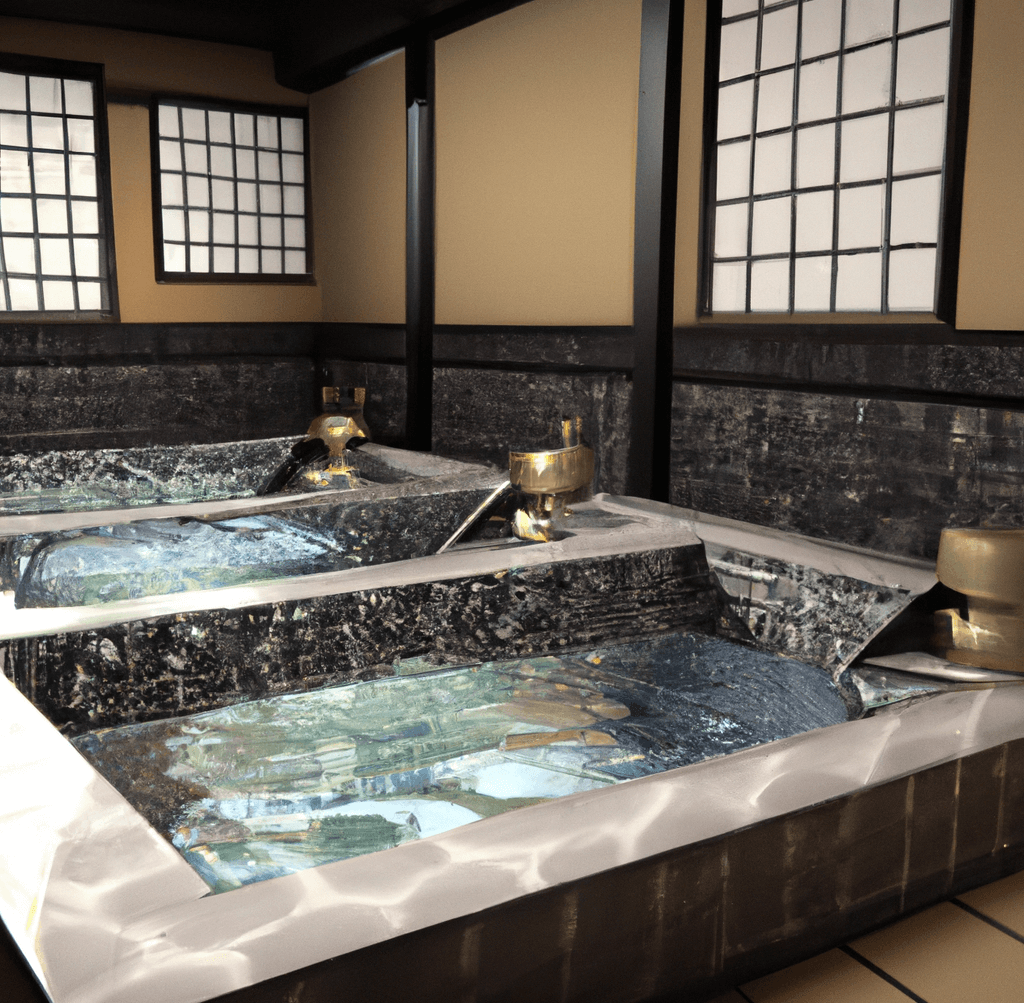
Pool Types in a Purpose-Built Onsen
Purpose-built onsens, although lack the drama of the scenic backrdrops that come with Japan’s iconic landscape, they’re practically allows for a broader mix of pools with different temperatures and features to cater to all preferences:
- Hot Baths – Aligning with the traditional concept of the onsen, the hot baths are the main feature, offering temperatures ranging from 40°C to 44°C. The heat relaxes muscles and relieves tension throughout the body.
- Cold Baths – Cold baths are typically around 15°C to 20°C and used for cooling off after soaking in the hot baths. A hot bath to ice plunge offers significant health benefits for the body, including increase physical and cognitive performance, aids muscle recovery, and diffuses feelings of stress within the body. Explore the full benefits of a hot bath to ice plunge here.
- Outdoor Baths (Rotenburo) – These open-air pools are often set amidst picturesque landscapes, providing a unique and refreshing experience and honouring the concept of the traditional onsen.
- Jet Baths – A common feature in many purpose-built onsens, they provide a unique and invigorating experience. The baths use under water jets to create massaging effects on different areas of the body. The force and positioning of the jets can be adjusted, allowing visitors to target specific muscle groups or areas of tension. The combination of warm water and jets targeted to major muscle groups creates an all over therapeutic feel, and is perfect after a heavy workout or long day in the office.
- Electric Baths – Electric baths use mild electric currents in the water which stimulate muscles and create a soothing, tingling sensation. The low-voltage electric charge is safe and adjustable, allowing visitors to control the intensity of the experience. Electric baths are particularly popular for their ability to relieve muscle tension, improve circulation, and provide an overall sense of relaxation and wellbeing.
- Baths with added salts and minerals – various types of baths in onsens also incorporate added salts and minerals, each offering unique therapeutic benefits. Often you will find signs beside each bath, guiding you on what’s been added and its benefits for your body. Common baths you will find in onsens include:
- Salt Baths (Yusui) – These typically contain Epsom salt (magnesium sulphate), which is known for its muscle-relaxing properties. Epsom salt baths alleviate soreness and promote overall feelings of relaxation.
- Sulphur Baths – Sulphur-rich onsens are famous for their distinctive odour. The natural sulphur in the water provides healing properties which benefits skin conditions and respiratory issues.
- Dead Sea Salt Baths – Dead Sea salt, known for its high mineral content, including magnesium, calcium, and potassium, also helps heal common skin conditions and aids general relaxation.
- Iron Baths – Iron-rich onsens, such as those in the famous Kusatsu Onsen, improve blood circulation and promote overall health. The water’s high iron content is known for its reddish colour.
- Alkaline Baths – These onsens have high levels of alkaline minerals, which can help balance the body’s pH levels and soothe skin irritations. Bicarbonate-rich waters are often found in alkaline baths.
- Radon Baths – Radon is a naturally occurring radioactive gas. Radon-rich baths offer anti-inflammatory and analgesic effects for the body/
- Silicon Baths – Silicon-rich onsen waters are considered beneficial for skin health, which may help with collagen production and skin regeneration.
- Hydrogen Sulphide Baths – Hydrogen sulphide baths have a distinct odour. They’re also great for healing conditions like rheumatism and skin disorders.
- Mineral-rich Baths – Many onsens have a diverse range of minerals, including calcium, magnesium, and potassium, which offer a variety of health benefits. These baths provide general relaxation and skin nourishment.
- Gold and Silver Baths – In some luxury onsens, gold and silver nanoparticles are used in the water, believed to have rejuvenating effects on the skin and overall wellbeing.
Eating and Staying Hydrated
Although it is recommended to not eat a heavy meal before entering an onsen, I do recommend eating a carb and protein heavy meal a few hours earlier. You are likely to be there for a few hours, and you will be sweating out lots of salts, minerals, and toxins. Not having enough fuel in your system may lead you to feeling dizzy.
I recommend also eating fruit a few hours before, and drinking lots of water throughout. You need to remain hydrated on the day.
Take a 1.5 litre of coconut water with you for your locker, it’s rich in naturally occurring electrolytes which your body will need after the onsen.
Onsen Practices and Etiquette
When visiting an onsen, it’s important you adhere to traditional practices and etiquette:
- Bathe Naked – Onsen is a nude experience; clothing, including swimwear, is not allowed in the bathing area.
- Leave your Big Towel – The big towel is not welcome in the bathing area, leave this in your locker.
- Take your Small Towel – You can bring the small washcloth they provide for your modesty, although you do not need to cover up.
- Towel Placement – When entering the bathing area, you will notice there aren’t many places for your small washcloth. In Japan, many place the cloth on top of their head, which, as a foreigner, may feel comedic to you the first time you do it, but please remember that this is another’s culture and should always be respected in full. Alternatively, you can place the towel somewhere around the baths, but it should never go into the bath itself.
- Shower Before Entering – Thoroughly wash your body and hair before entering the baths to keep the water clean.
- No Soap or Shampoo – Do not use soap or shampoo in the bath, it will contaminate the water. Use only the provided showers and faucets for washing.
- No Phones – Phones are not permitted in the bathing area. So, for all you content creators who want to convert your experience to new clicks, you’ll need to miss this one from the reels. Take it as an opportunity to detoxify digitally and allow yourself to experience the full depth of the onsen experience.
- Respect Quietness – Keep conversations hushed and avoid loud behaviour to maintain the peaceful atmosphere.
- Socialising is Welcome – That said, respectful socialising is welcomed by some. If you feel confident doing so, you are safe to strike up conversations with others in the bathing experience. If it’s clear they aren’t keen to talk, respect their space and leave them to bathe in peace.
- Tattoos – Traditionally, tattoos were not permitted in onsens, but this is changing due to cultural shifts in Japan and across Asia. More below on tattoos and what to do if you have any.
Are Tattoos Allowed on Display?
The policy regarding tattoos in onsens varies from one place to another. Historically, tattoos have been associated with the yakuza, Japan’s organised crime groups, which has led to a negative perception of tattoos in public places. As a result, many onsens have enforced strict no-tattoo policies.
However, in recent years, some onsens have become more lenient and relaxed their tattoo policies to accommodate foreign visitors and younger generations. There are onsens that may allow small tattoos or are willing to accept visitors with tattoos if they agree to cover them with waterproof bandages or tape. These policies can vary greatly from one onsen to another, so it’s essential to check the specific rules and regulations of the onsen you plan to visit.
If you have visible tattoos and are uncertain about a particular onsen’s policy, it’s advisable to contact the onsen in advance to inquire about their rules regarding tattoos. Additionally, some onsens, particularly those in larger cities and tourist areas, may have facilities or times set aside for tattooed guests to use the baths discreetly.
While the situation is evolving, it’s essential to respect the rules and traditions of the onsen you choose to visit. If you have tattoos, it’s best to be aware of the specific policies in place and be prepared to comply with them to ensure a smooth and respectful onsen experience.
Final Thoughts
Natural onsens and purpose-built onsens offer distinct experiences and are cherished for their health benefits and cultural significance.
Whether you’re drawn to the natural beauty of a remote hot spring or the convenience of a modern onsen found across Asia, a visit to an onsen promises relaxation, rejuvenation, and a deeper connection with Japanese culture.
Embrace its unique practices and etiquette, experience the full depth of its healing capability, and savour the countless benefits that come with bathing in the soothing waters of the onsen.
Who is James Kearslake?
Having been biohacking my mind and body long before it became fashionable, I’ve always lived by the benefits of nature’s resources to improve cognitive and physiological performance. Using my years of experience, products, and wellness practices, I’m now helping others elevate their cognitive performance to help build the life they want. I save you the time I’ve spent learning, so you can focus your time on building.
Proudly AI Supported
I proudly use AI to support development of my articles. As a heavily dyslexic person, writing can be a time consuming process with words often jumbled up and sentences the wrong way round. AI has become my crutch; allowing me to share the immense interest in my mind, while making content creation quicker and more accurate. AI is my benefit.
The best biohacking book out now
with Amazon Prime
operating since 2008
More Transcendent Experiences...
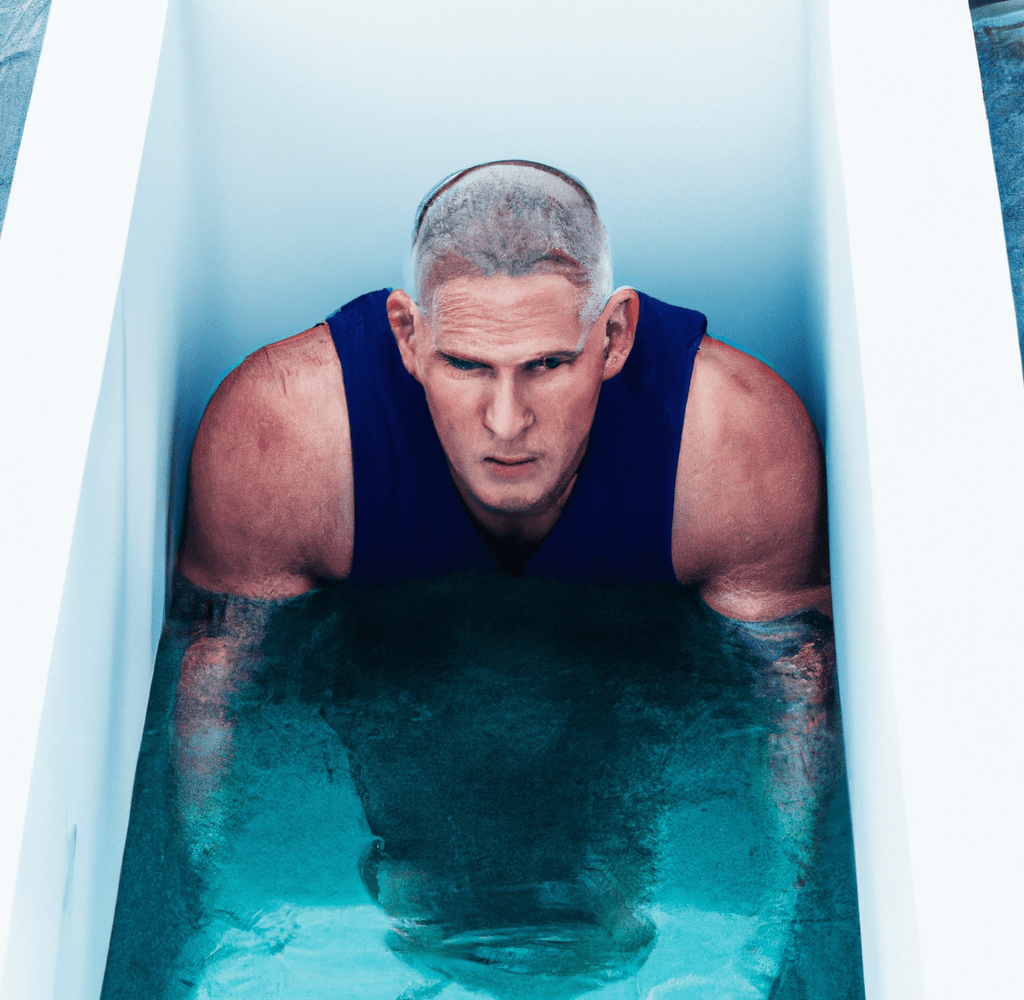
The rapid shock response from a sauna to ice plunge gives you immediate cognitive alertness and mental performance | Read the article here
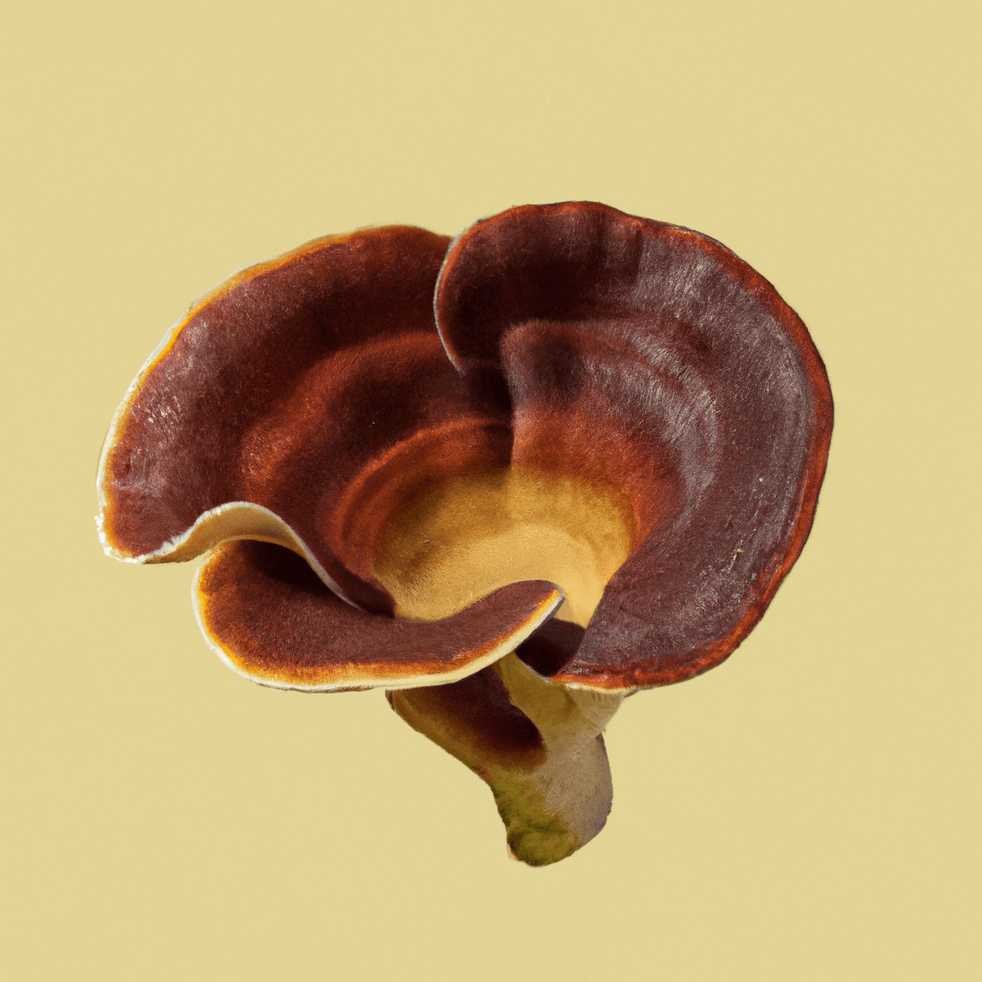
Fast becoming known for inducing quality sleep, reishi mushroom can bring the central nervous system to stillness, calmly, and quickly | Read the article in full here
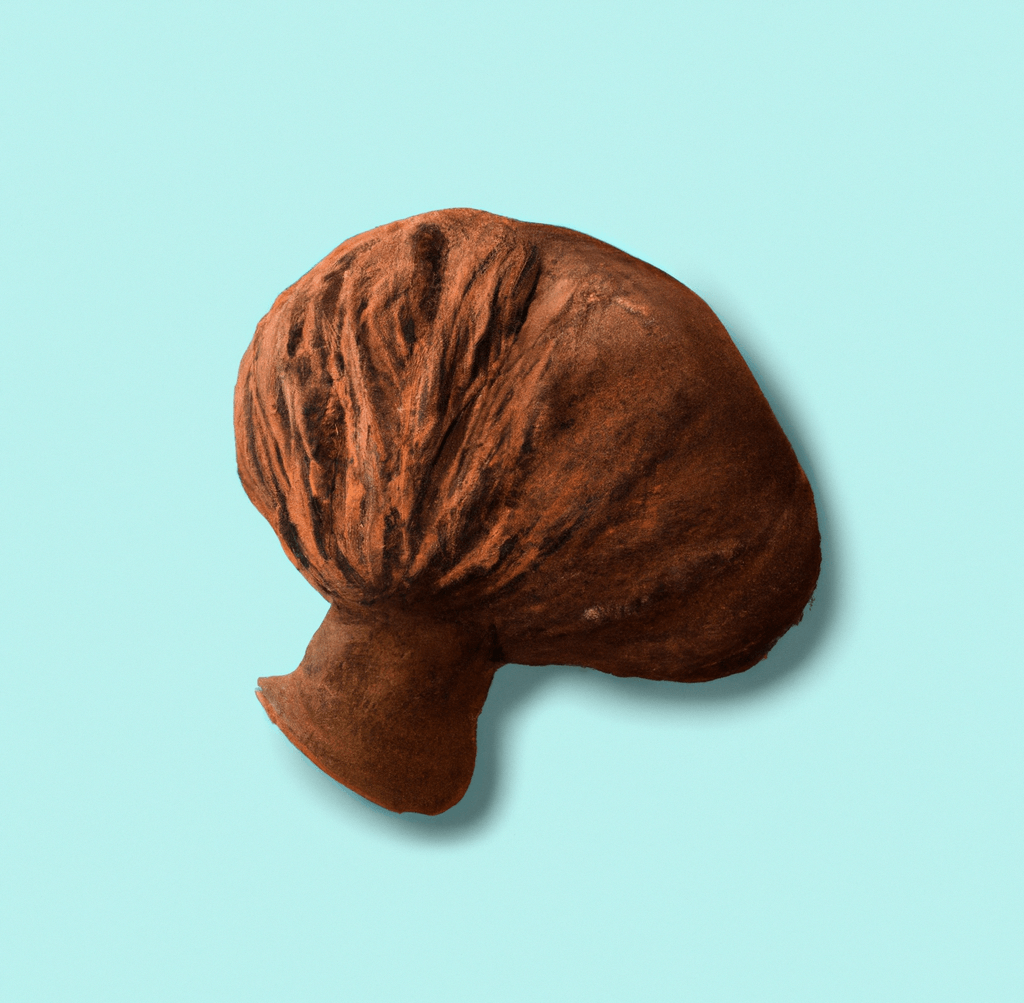
Chaga mushroom is the fungi fighting the nasties inside you. Packing punch for your immunity, it has superior qualities | Read the full article here
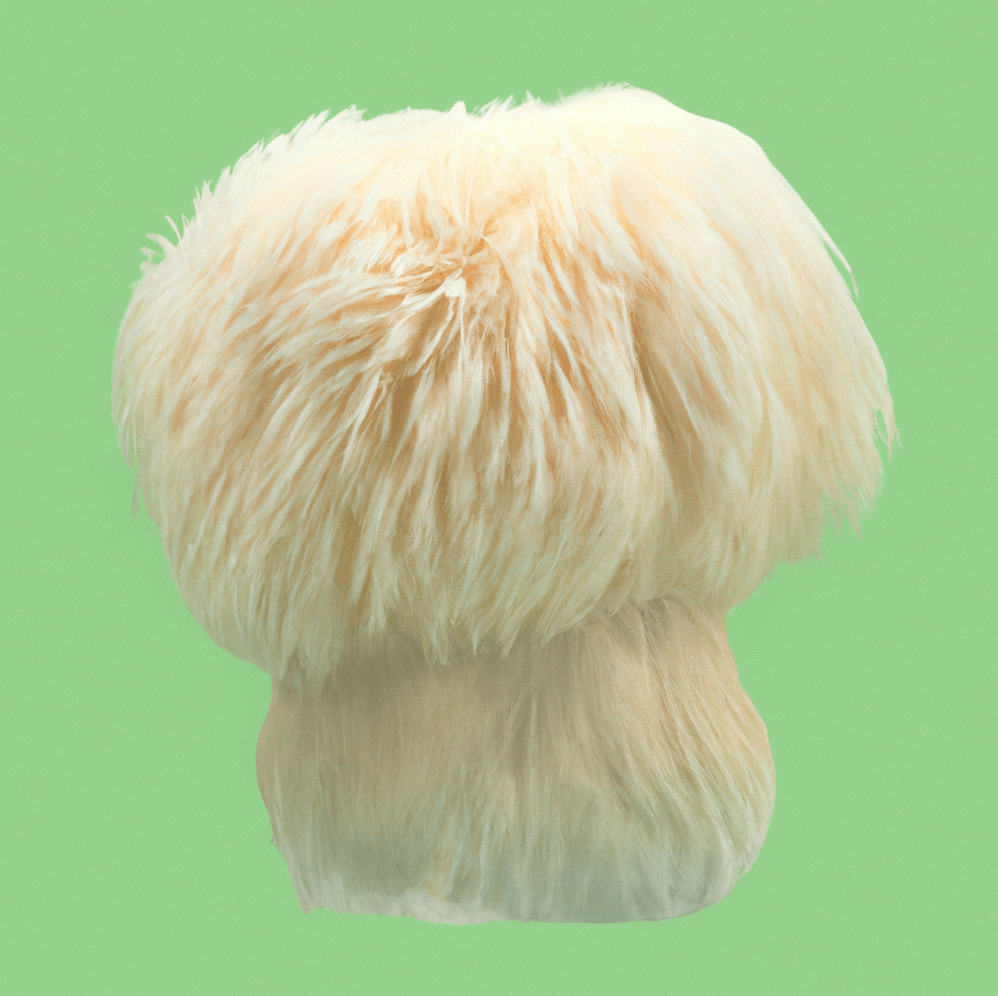
Lions mane supplement is fast becoming known as the fungi for elevating cognitive performance to superior levels | Read the full article here
Cordyceps is quickly taking hold as the supplement improving stamina in fitness and people’s sex lives | Read the full article here
Did you find this useful?
If so, please do share it with others who may also benefit from it.
Affiliate Policy
We only ever recommend products we know offer value to our readers and that we use ourselves.
When recommending these products, we often include affiliate links so that we earn a small commission on sales made, at no expense to you as the reader.
Affiliate commissions are similar to an advertising fee which retailers pay to website owners, and is often the only way website owners can earn money through the content they create. Therefore, we hope you can support us by using our affiliate links if you decide to purchase products after reading our content, as it helps keep the website operating.
Thank you for always sticking by us, and don’t forget to join our newsletter to get ground-breaking content direct in your inbox.
